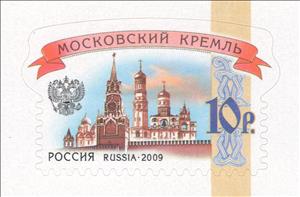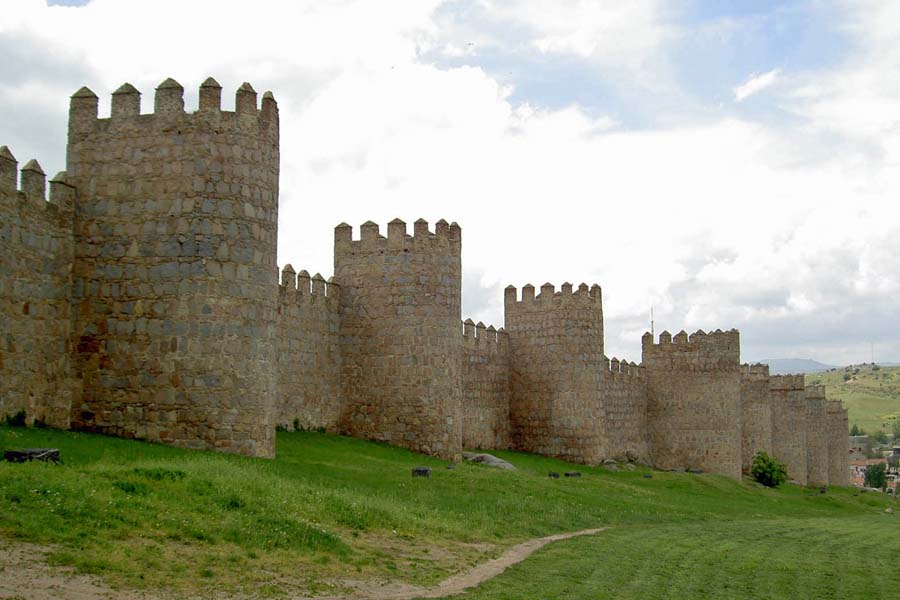Stamp: Moscow Kremlin (Russia 2009)
Moscow Kremlin (Russia 2009)
01 October (Russia ) within release Definitive issue goes into circulation Stamp Moscow Kremlin face value 10 Russian ruble
| Stamp Moscow Kremlin in catalogues | |
|---|---|
| Michel: | Mi:RU 1600 |
Stamp is horizontal format.
Also in the issue Definitive issue:
- Stamp - Astrakhan Kremlin face value 1;
- Mini Sheet - Kremlins face value 210;
- Stamp - Zaraysk Kremlin face value 1.50;
- Stamp - Kazan Kremlin face value 2;
- Stamp - Kolomna Kremlin face value 2.50;
- Stamp - Rostov Kremlin face value 3;
- Stamp - Nizhny Novgorod Kremlin face value 4;
- Stamp - Novgorod Kremlin face value 5;
- Stamp - Pskov Kremlin face value 6;
- Stamp - Moscow Kremlin face value 10;
- Stamp - Ryazan Kremlin face value 25;
- Stamp - Tobolsk Kremlin face value 50;
- Stamp - Tula Kremlin face value 100;
Stamp Moscow Kremlin it reflects the thematic directions:
Tourism is travel for pleasure or business; also the theory and practice of touring, the business of attracting, accommodating, and entertaining tourists, and the business of operating tours. Tourism may be international, or within the traveller's country. The World Tourism Organization defines tourism more generally, in terms which go "beyond the common perception of tourism as being limited to holiday activity only", as people "traveling to and staying in places outside their usual environment for not more than one consecutive year for leisure, business and other purposes". Tourism can be domestic or international, and international tourism has both incoming and outgoing implications on a country's balance of payments. Today, tourism is a major source of income for many countries, and affects the economy of both the source and host countries, in some cases being of vital importance.
A defensive wall is a fortification usually used to protect a city, town or other settlement from potential aggressors. The walls can range from simple palisades or earthworks to extensive military fortifications with towers, bastions and gates for access to the city. From ancient to modern times, they were used to enclose settlements. Generally, these are referred to as city walls or town walls, although there were also walls, such as the Great Wall of China, Walls of Benin, Hadrian's Wall, Anastasian Wall, and the Atlantic Wall, which extended far beyond the borders of a city and were used to enclose regions or mark territorial boundaries. In mountainous terrain, defensive walls such as letzis were used in combination with castles to seal valleys from potential attack. Beyond their defensive utility, many walls also had important symbolic functions – representing the status and independence of the communities they embraced.
The United Nations Educational, Scientific and Cultural Organization (UNESCO; pronounced /juːˈnɛskoʊ/) is a specialized agency of the United Nations (UN) with the aim of promoting world peace and security through international cooperation in education, arts, sciences and culture. It has 194 member states and 12 associate members,as well as partners in the non-governmental, intergovernmental and private sector. Headquartered in Paris, France, UNESCO has 53 regional field offices and 199 national commissions



